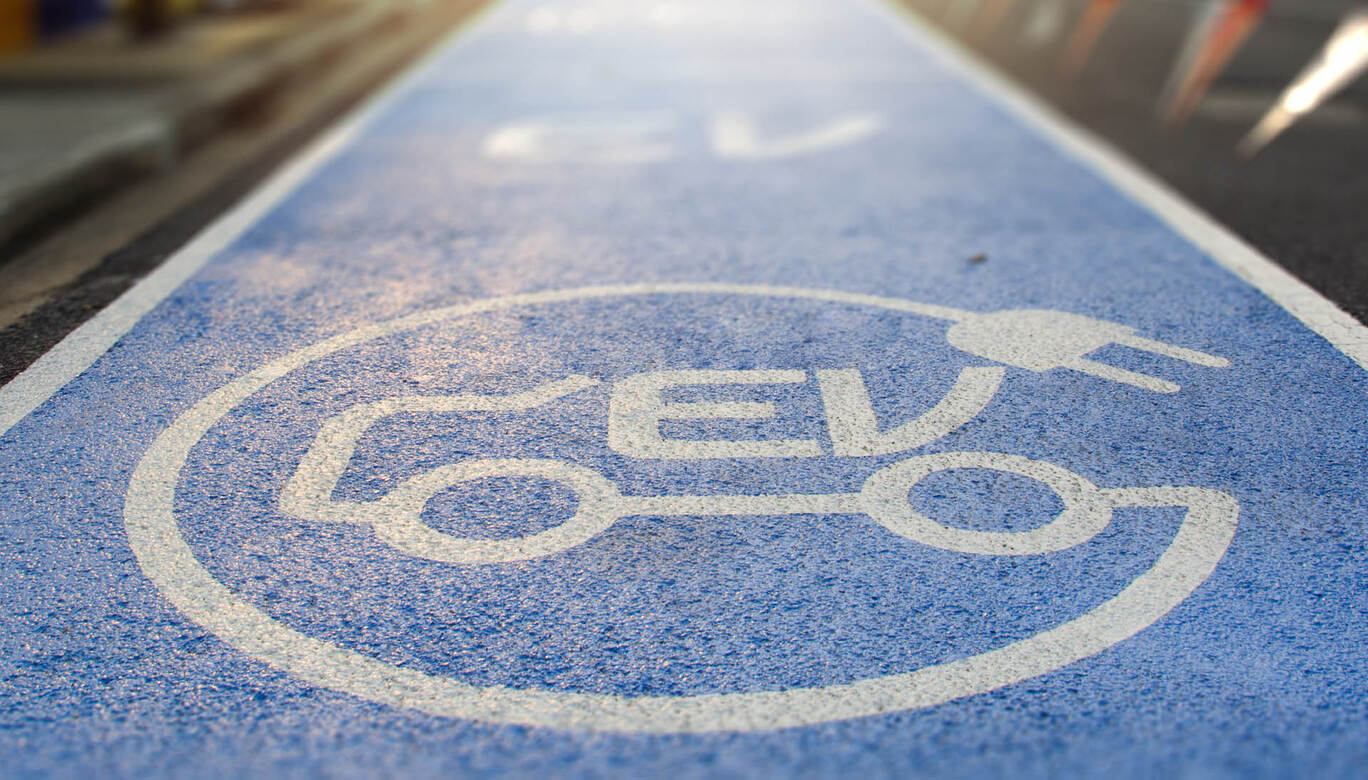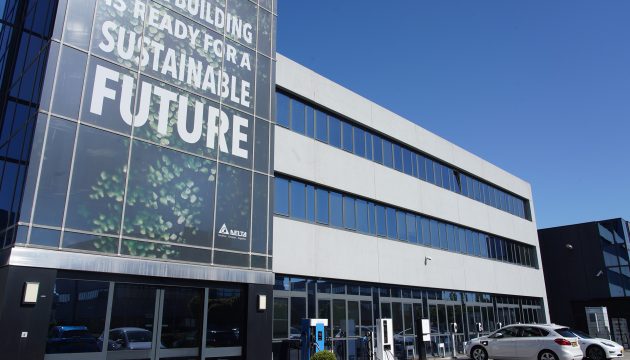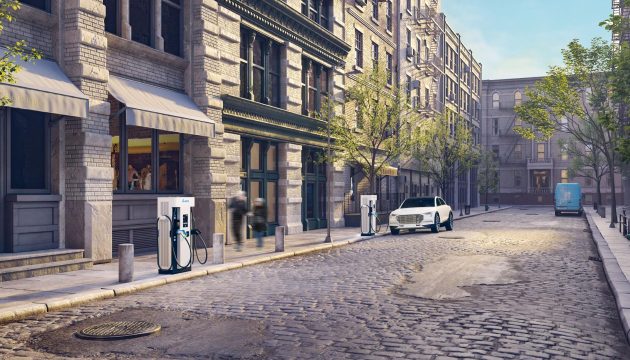The charging dilemma
There’s a chicken-and-egg problem with EVs: consumers won’t buy them without a place to charge them, but without widespread adoption, organisations won’t install charging points.
According to a study by McKinsey, one of the biggest barriers to EV adoption is “range anxiety”, where consumers are concerned about the practicality of EVs compared with fossil fuel cars. EVs already have a limited range compared to gasoline or diesel vehicles. This is exacerbated by the fact that while fossil fuel cars can be easily refuelled nearly anywhere, charging points for EVs are few and far between. Meanwhile, as governments across Europe are providing subsidies for EVs, the demand for sufficient charging infrastructure rises even more.
On the other hand, parking lot operators have understandable concerns about installing EV charging systems. Even if they support an EV charging deployment, there is hesitation about selecting the right charger: what if it becomes out of date? And how much will maintenance staff cost? The cost of making a mistake could literally go up to millions.
The new fast chargers are vital to unlocking EV potential
One of the key ways to solve this problem is fast charging systems. In the past, fast chargers were often woefully electrically inefficient, wasting a lot of electricity as heat. Fast charging also used to require a complex cable with liquid cooling inside. These were expensive and often prone to failure.
The good news is that the latest fast chargers seek to ease these concerns. Some of them have high efficiency rate, giving businesses the benefit of fast charging systems without the drawbacks of wasted energy. They are also capable of charging a compatible vehicle to enable a 100km driving range with roughly 8 minutes of charging!
Critically, fast charging systems alleviate concerns about the practicality of EVs. Thanks to the systems’ speed, electric car drivers can travel with pretty much the same ease as regular car drivers. No longer do you have to fear running out of charge: simply pull in for a quick top-up and be on your way again!
Solving this problem improves the flow of EVs as well, as most road infrastructure is designed for quick refills, not long-term parking to charge. Most importantly, fast chargers eliminate one of the biggest consumer concerns about EV systems, which furthers their adoption. The green electric vehicle revolution cannot happen without widespread fast-charging systems!
Simply put, modern fast chargers are the crux of any future-proof EV infrastructure. They provide peace of mind, significantly reduce downtime, and are very electrically efficient.
Efficiency is the key to fast charging
Innovation in the under-the-hood circuitry is what created the modern fast charger. The new UFC 200 from Delta Electronics uses their state-of-the-art power converters to achieve efficiencies of up to 94%. The charger works with the vehicle’s battery through the vehicle’s software to optimise power delivery and efficiency, ensuring minimal heat loss.
The components are also modularly designed, so that if one converter unit fails, the charger continues to operate at reduced power. It’s also possible to add additional modules as a redundancy option. The modules can even be swapped by a single technician with simple hand tools, future-proofing the charger for the EV charging needs of tomorrow. And so modular features eliminate downtime and significantly reduce upgrade costs.
The cable on the UFC 200 is cutting-edge, drawing on the latest innovations. There are no complex liquid cooling systems to fail, or bulky connectors to manoeuvre. Delta engineers use a network of sensors to ensure communication between the car and the charger. This way, we establish maximum charge delivery at all times, across all environments.
EV fast chargers are crucial to creating a sustainable environment going forward. To learn more about Delta’s UFC 200, and the rest of the lineup of EV fast chargers, visit https://explorer.delta-emea.com.
On the road to smart parking
Installing fast chargers might be the first step in the process of converting your existing parking infrastructure into smart parking, where renewable energy, energy management, LED lighting and intelligent security work together to provide a true smart customer experience. Would you like to know more? Discover all infrastructure solutions for parking in smart cities in this video:



